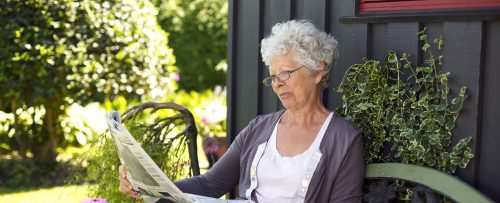
COVID-19 Updates | CWP
Explaining the COVID-19 Virus
March 27, 2020
March 27, 2020
CWP
COVID-19 Updates
By: Dr. Mayur Patel
COVID-19 is simply A complex disease
Feeling confused as to why Coronavirus is a bigger deal than the seasonal flu? Here it is in a nutshell.
It has to do with RNA sequencing…genetics. Seasonal flu is an “all human virus”. The DNA/RNA chains that make up the virus are recognized by the human immune system. This means your body has some immunity to it before it comes around each year. You can get immunity two ways…through exposure to a virus, or by getting a flu shot.
Novel viruses come from animals…the World Health Organization (WHO) tracks novel viruses in animals; sometimes for years watching for mutations. Usually these viruses only transfer from animal to animal (pigs in the case of H1N1 and birds in the case of the Spanish flu). Once one of these animal viruses mutates, and starts to transfer from animals to humans…that is a problem. We have no natural or acquired immunity, the RNA sequencing of the genes inside the virus is not human, and the human immune system does not recognize it so we can’t fight it off.
Sometimes the mutation only allows transfer from animal to human, for years its only transmission is from an infected animal to a human before it finally mutates so that it can now transfer human to human. Once that happens, we have a new contagion phase. Depending on the fashion of this new mutation, that’s what decides how contagious or deadly it is going to be.
H1N1 was deadly but it did not mutate in a way that was as deadly as the Spanish flu. Its RNA was slower to mutate and it attached its host differently.
Fast forward; here comes the Coronavirus, it existed in animals only for nobody knows how long. In December 2019, at an animal market in Wuhan, China, it mutated and made the jump from animal to human. At first, only an animal could give it to a human. Here is the scary part; in just TWO WEEKS it mutated again and gained the ability to jump from human to human. Scientists call this quick ability, “slippery.”
This Coronavirus, not being in any form a “human” virus (whereas we would all have some natural or acquired immunity) took off like a rocket. This was because humans have no known immunity and doctors have no known medicines for it.
It just so happens this mutated animal virus changed itself in such a way that it causes great damage to human lungs. That is why Coronavirus is different from seasonal or H1N1 or any other type of influenza. This one is a lung eater. It’s already mutated again, so that we now have two strains to deal with; Strain S and Strain L, which make it twice as hard to develop a vaccine.
We really have no tools in our shed with this virus. History has shown that fast and immediate closings of public places has helped in past pandemics. Baltimore and Philadelphia were reluctant to close events in 1918 and they were the hardest hit in the US during the Spanish Flu.
Fact: Henry VIII stayed in his room and allowed no one near him until the Black Plague passed. Just like us, he had no tools in his shed except social isolation. This virus is hitting older and compromised adults harder as this genome is slippery. If it mutates again, which is likely, who is to say what it will do next.
Stay at home!
If you are home care eligible, wouldn’t it be nice to have a nurse to check on you and assure you that you are well. If you begin having symptoms your nurse would also be available. They could assist you in getting your groceries, meal preparation, prescriptions, etc. and look at the peace of mind your families would have during this trying time; knowing their loved one is being cared for and in capable hands.
Mayur Patel, M.D. is a physician for Piedmont Health Systems specializing in Critical Care and Pulmonary medicine. He earned his medical degree from Amravati University in Amravati, India. He received training in Cardiovascular Thoracic Surgery at Bombay Hospital and Research Center in Mumbai, India. He completed his Internal Medicine, Pulmonary and Critical Care fellowships at East Tennessee State University.
